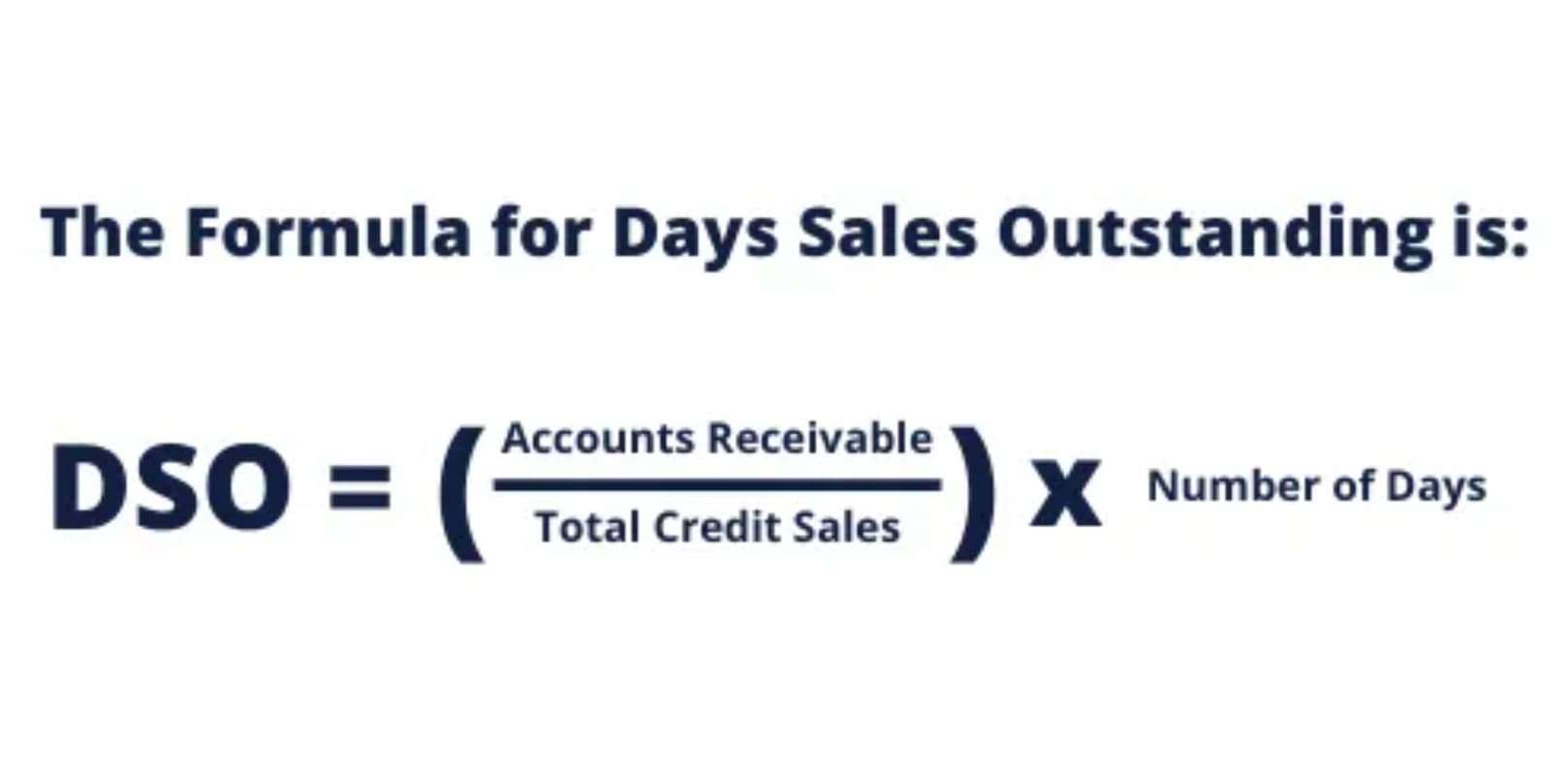
The statement of stockholders’ equity (or shareholders’ equity) is a financial document that shows changes in a company’s equity over a specific time period, like a year. Think of it as a tracker of what belongs to the shareholders, including profits kept in the company and funds distributed as dividends. Treasury stock comes from a firm repurchasing shares of its own stock from investors. Treasury stock eventually gets retired, so it does not stay on the balance sheet for very long. Even though it is designated as stock, treasury stock receives no dividends, and has no voting rights.
What Is a Balance Sheet?
A strong equity position shows that the business is not overly dependent on debt and can meet its obligations. For clients, this directly impacts how much their business is worth and how others perceive its financial health. Stockholders’ equity can be negative when a company’s total liabilities exceed its total assets. This situation often arises from sustained losses, excessive dividend payments, or significant asset write-downs. Negative equity signals financial distress and may indicate insolvency or the need for restructuring. Additional paid-in capital (APIC) is the amount of money investors pay for a company’s stock above its par value.
Real-life Examples of Companies with Significant OCI Components

A stockholders’ equity account that generally reports the net income of a corporation from its inception until the balance sheet date less the dividends declared from its inception to the date of the balance sheet. This financial statistic is the net income of a corporation after income tax (less any preferred dividends) divided by the weighted average number of shares of common stock outstanding during the same period of time. A class of corporation stock that provides for preferential treatment over the holders of common stock in the case of liquidation and dividends. For example, the preferred stockholders will be paid dividends before the common stockholders receive dividends.
- Stockholders’ equity is the company that has settled the value of assets available to the shareholders after all liabilities.
- To summarize and review this unit, we will look at how each item is reported in the Stockholder’s Equity section of the balance sheet.
- The total shareholders’ equity section reports common stock value, retained earnings, and accumulated other comprehensive income.
- Treasury stock refers to shares that were once part of the outstanding shares of a company but were subsequently repurchased by the company itself.
What Is Stockholders’ Equity and Why Does It Matter?

When a company sells new shares, the what goes into stockholders equity cash received boosts common stock and additional paid-in capital accounts. As such, it helps the shareholders and investors make more informed decisions about their investments. Further, it also allows the analysts and other readers of the financial statements to understand what factors resulted in the change in the equity capital. The adjustments recorded in OCI can significantly affect a company’s total equity.

This means the amount is due in 30 days; however, if the amount is paid in 10 days a discount of 2% will be permitted. A nongovernment group of seven members assisted by a large research staff which is responsible for the setting of accounting standards, rules, and principles for financial reporting by U.S. entities. Instead, any sales taxes not yet remitted to the government is a current liability. A few examples of general ledger liability accounts include Accounts Payable, Short-term Loans Payable, Accrued Liabilities, Deferred Revenues, Bonds Payable, and many more. Land refers to the land used in the business, such as the land on which the production facilities, warehouses, and office buildings were (or will be) constructed. The cost of the land is recorded and reported separately from the cost of buildings since the cost of the land is not depreciated.
Preferred Stock
The income statement and statement of cash flows also provide valuable context for assessing a Law Firm Accounts Receivable Management company’s finances, as do any notes or addenda in an earnings report that might refer back to the balance sheet. When liquidation occurs, there’s a pecking order that applies which dictates who gets paid out first. Calculating stockholders’ equity can give investors a better idea of what assets might be left (and paid out to shareholders) once all outstanding liabilities or debts are satisfied. Shareholder equity (SE) is a company’s net worth, or its total assets minus its total liabilities. It is equal to the total dollar amount that would be returned to the shareholders if the company were liquidated and all its debts were paid off. Stockholders’ equity represents the owners’ residual claim after liabilities are settled, providing a snapshot of the company’s financial health.
A statement of shareholders’ equity can help you make financial decisions.
If a company’s stock is publicly traded, earnings per share must appear on the face of the income statement. This balance sheet also reports Apple’s liabilities and equity, each with its own section in the lower half of the report. The liabilities section is broken out similarly to the assets section, with current liabilities and non-current liabilities reporting balances by account.
Lower stockholders’ equity is sometimes a sign that a firm needs to reduce its liabilities. For some businesses, especially those that are new or conservative and have low expenses, lower stockholders’ equity is not a problem. That’s because it doesn’t take much money to produce each dollar of surplus-free cash flow. In those cases, the firm can scale and create wealth for owners much more easily, even if they are starting from a point of lower stockholders’ equity. Stockholders’ equity is the value of a company’s assets that remain after subtracting liabilities and is located on the balance sheet and the statement of stockholders’ equity.
Positive vs. Negative Shareholder Equity
For example, assume that a corporation has 100,000 shares of $0.50 par value common stock before a 2-for-1 stock split. At the time of the split a memo entry would be entered in the records stating that after the 2-for-1 stock split, the corporation has 200,000 shares of $0.25 par value common stock outstanding. If a corporation has a limited amount of cash, but needs an asset or some services, the corporation might issue some new shares of stock in exchange for the items. When shares of stock are issued for noncash items, the items and the stock must be recorded on the books at the fair market value at the time of the exchange. Since both the stock given up and the asset or services received may have market values, accountants record the fair market value of the one that is more clearly determinable https://dev-abirebaral.pantheonsite.io/multi-step-income-statement-financial-accounting/ (more objective and verifiable).

